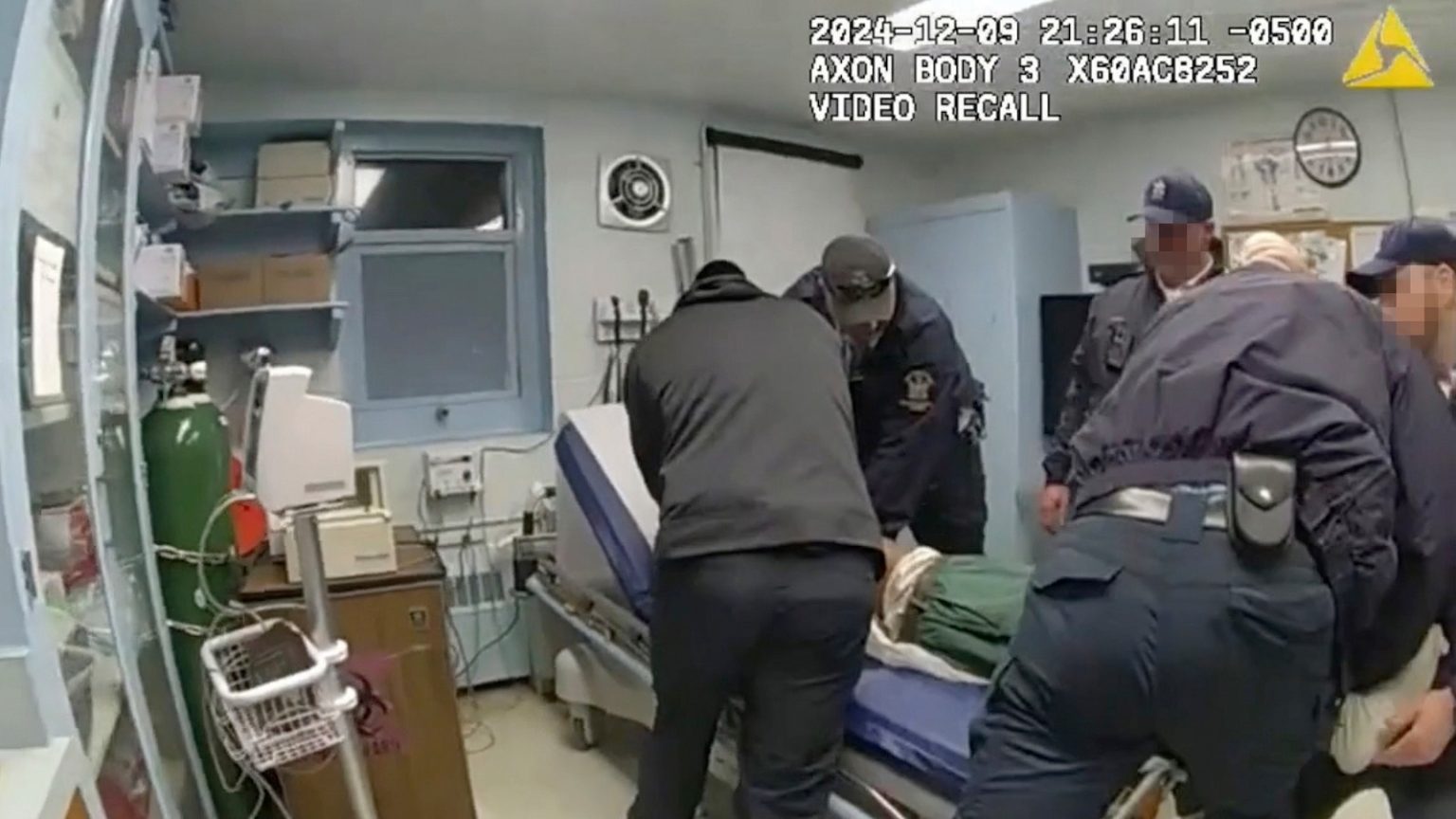Tragic Death of Robert Brooks: A Case of Brutal Force and Systemic Failure
In a shocking display of violence and systemic failure, Robert Brooks, a 43-year-old inmate at the Marcy Correctional Facility in New York, lost his life after being brutally beaten by correctional officers in December 2024. The horrifying incident has led to the indictment of ten former prison guards, exposing a deeply disturbing culture of abuse and neglect within the correctional system. The case has sparked widespread outrage, calls for accountability, and demands for systemic reform to prevent such tragedies in the future.
The Violent Assault and Its Aftermath
The beating of Robert Brooks was captured on body-worn cameras, revealing a gruesome scene in which multiple officers restrained and assaulted him. The footage, released by the New York Attorney General’s Office, shows Brooks being punched, kicked, and choked while restrained on an exam table in the prison infirmary. Despite his helpless state, the officers allegedly continued their assault with no legitimate purpose, inflicting severe injuries to his head, neck, torso, and internal organs. The brutality ultimately led to Brooks’ death the following day, as he suffocated on his own blood.
The indictment alleges that the officers acted with depraved indifference, failing to stop the beating or provide timely medical assistance. Instead, they allowed the violence to escalate, with some even tampering with evidence or falsifying reports to cover up their actions. The shocking indifference of supervisors and medical staff, who reportedly stood by and did nothing to intervene, further underscores the systemic failures that enabled this tragedy.
Ten Officers Charged in Connection with Brooks’ Death
The indictment charges ten former correctional officers with various felonies, including second-degree murder, first-degree manslaughter, and gang assault. Nicholas Anzalone, David Kingsley, Anthony Farina, Christopher Walrath, and Mathew Galliher are among those facing the most serious charges. Other defendants, including Michael Mashaw, Michael Fisher, and David Walters, are accused of manslaughter for their roles in failing to stop the assault or provide medical aid. Nicholas Gentile faces charges of tampering with physical evidence, while Anzalone and another unnamed defendant are accused of falsifying reports to deceive investigators.
The indictment paints a chilling picture of a coordinated effort to brutalize Brooks, with officers acting in concert to restrain, beat, and humiliate him. Even after the assault, the defendants allegedly showed no regard for Brooks’ dire condition, delaying critical medical intervention until it was too late. The charges highlight not only the direct violence inflicted on Brooks but also the broader culture of impunity and abuse that allowed such atrocities to occur.
A Family’s Plea for Justice and Accountability
Robert Brooks Jr., the son of the deceased, has issued a heart-wrenching statement demanding justice for his father. While acknowledging that no conviction can bring Brooks back, he emphasized the importance of holding the officers accountable for their actions. “These men killed my father, on camera. All the world could see what happened,” he said, expressing the pain of waiting for charges to be filed. Brooks Jr. also called for accountability beyond the indicted officers, urging authorities to address the systemic failures that allowed such violence to flourish.
The case has become a rallying cry for advocates of criminal justice reform, who argue that the violent treatment of inmates is symptomatic of a broader problem within the correctional system. The fact that two sergeants and a nurse witnessed the assault and failed to intervene raises serious questions about training, oversight, and accountability within the prison system.
The Correctional Union’s Response and the Broader Implications
The New York State Correctional Officers and Police Benevolent Association (NYSCOPBA) has condemned the incident, calling it “incomprehensible” and emphasizing that it does not reflect the conduct of the majority of its members. However, the union also warned that the incident could exacerbate the already dangerous conditions within correctional facilities, making them “more violent, hostile, and unpredictable than ever before.”
While the union’s statement acknowledges the severity of the incident, it also highlights the tension between addressing officer accountability and ensuring the safety of correctional staff. As the case moves forward, it will likely spark debates about the balance between holding officers accountable for misconduct and supporting those who work in high-risk environments.
Conclusion: A Call for Reform and Accountability
The death of Robert Brooks is a tragic reminder of the darker side of the criminal justice system, where vulnerable individuals are subjected to horrific abuse at the hands of those sworn to uphold the law. The indictments mark an important step toward accountability, but they are only the beginning. To prevent similar tragedies, there must be a systemic overhaul of practices, policies, and oversight within correctional facilities. Only through transparency, accountability, and meaningful reform can we hope to create a system that prioritizes human dignity and safety for all.















